Top Sustainable Travel Destinations for 2016
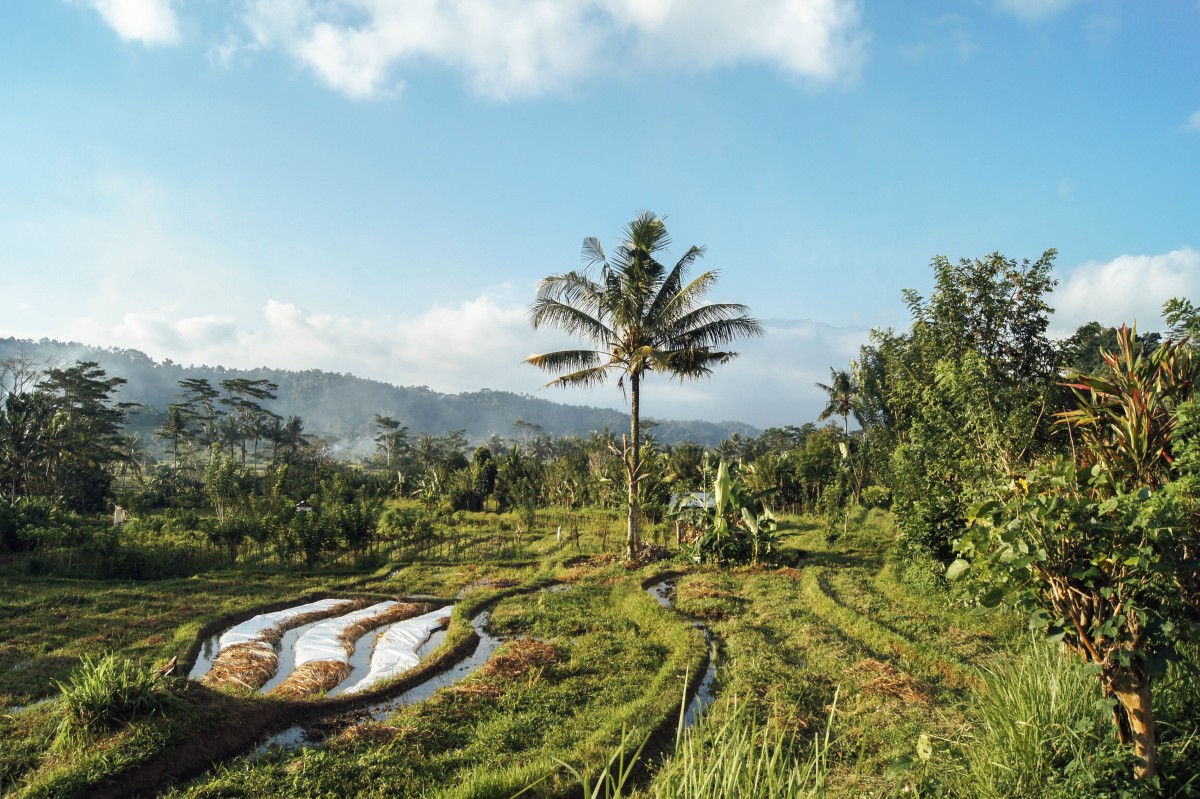
Now that we’re approaching the end of 2015, lists of the top countries to visit in 2016 are cropping up all over the place. The most prominent among these has been Lonely Planet’s Best in Travel 2016, featuring countries hand-selected by Lonely Planet’s “travel experts.”
But just how were these countries selected as the best places to go in 2016? I wrote to Lonely Planet to find out.

Photo from Austin Ban
“For our Best in Travel campaign, we invited Lonely Planet authors and staff to nominate destinations and consulted our travel community, asking them to specify why each place would be worth visiting in 2016 based on current travel trends, upcoming events and attractions, and more.”
That’s Ellie Simpson, Lonely Planet Traveller Communications Analyst, speaking.
“One noticeable trend is for more sustainable travel – so places like Botswana and Palau, that have been focusing on protecting their environment and wildlife, feature as top countries.”
Sustainable travel is travelling in a way which minimises the negative impacts that tourism has on the natural environment. Sustainable travel aims to conserve local resources through protecting nature and wildlife, and supporting local communities.
I took a closer look at Lonely Planet’s Best in Travel 2016 list to see how the sustainable travel trend had influenced the final selection of countries included. I learned a little bit more about the landlocked southern African country of Botswana, the small archipelago of Palau, Uruguay, often regarded as a South American underdog compared to neighbouring Brazil and Argentina, and the island that’s 80% ice, Greenland.
Let’s take a look at their recent commitments to sustainable tourism:

Botswana – Photo from Saparevo
Botswana (Lonely Planet’s #1)
Botswana was listed top of the Best in Travel destinations for 2016, beating hugely popular travel destinations Japan and the USA to first post. In 2016, Botswana will be celebrating 50 years of independence and Lonely Planet has praised the country for having “a healthy and enlightened tourism industry.”
A huge 17% of the country is protected as national park land. The combination of dry red deserts and lush green deltas means Botswana is extremely biodiverse. In 2014, Botswana’s Okavango Delta became UNESCO’s 1,000th World Heritage Site and highlighted Botswana’s strong conservation efforts.
In 2015, Botswana also made a remarkable commitment to rehome more than 100 wild rhinos from South Africa in a bid to save the endangered population from poachers. The project is known as Rhinos Without Borders and has been a hot topic in responsible travel circles this year.

Palau – Photo from LuxTonnerre
Palau (Lonely Planet’s #4)
Palau is a 500+ island archipelago in the Pacific Ocean to the east of the Philippines and north of Papua New Guinea. The country has been championing sustainable tourism, aware that it is at risk from rising sea levels and set on preserving it’s incredibly beautiful natural environment.
This year Palau designated 100% of their oceans as a marine sanctuary, banning both fishing and oil drilling. There are almost 400 species of coral making Palau’s coral a UNESCO World Heritage Site and a paradise for snorkelers.
However, this has also meant an unprecedented increase in Asian tourists. Palau locals spoke up about the lack of environmental awareness that mass tourism brings with it, which resulted in a reduction in flights scheduled from China.
President Remengesau, who was named a ‘Champion of the Earth’ by the United Nations, said: “The environment is our economy. The economy is our environment.”
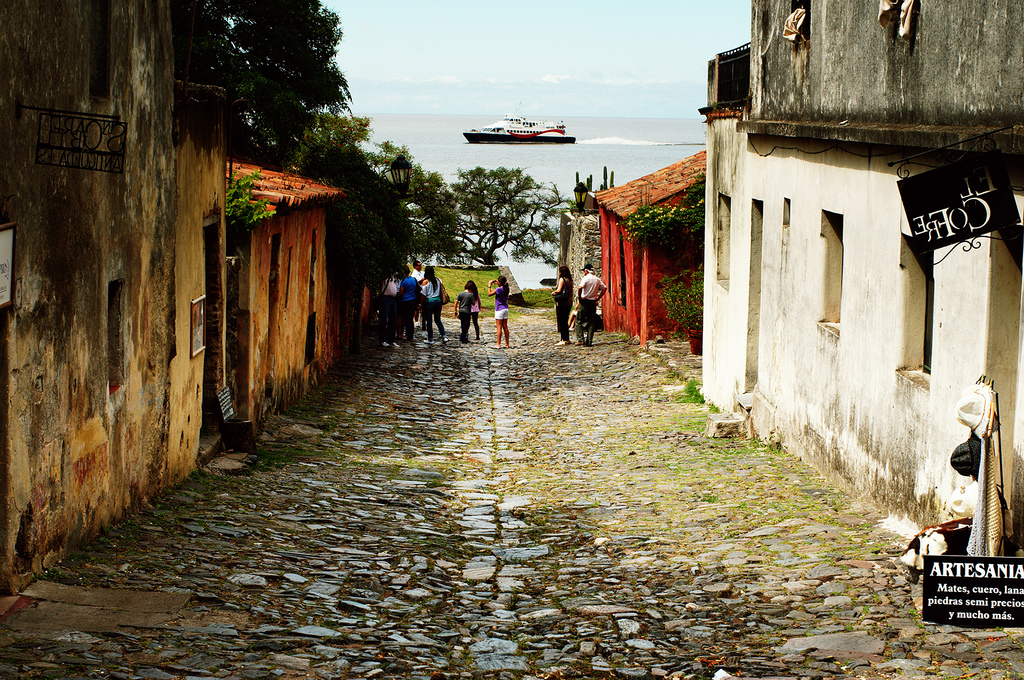
Uruguay – Photo from Andrés Moreira
Uruguay (Lonely Planet’s #8)
Uruguay has been heralded as one of the South American continent’s “most progressive societies,” free of civil conflict and politically stable. Uruguayans are proud of their local culture, from the fishing villages of Cabo Polonio and Punta del Diablo to the UNESCO World Heritage town of Colonia del Sacramento.
When it comes to sustainability, it was reported earlier this month that Uruguay has dramatically slashed its carbon footprint and taken up clean energy practices. Almost 95% of Uruguay’s electricity is provided through renewables – an achievement made in under 10 years.
Uruguay was named as one of the “Green Energy Leaders” by the WWF in 2014. They stated that: “The country is defining global trends in renewable energy investment.”

Greenland – Photo from Visit Greenland - Mads Pihl
Greenland (Lonely Planet’s #9)
Greenland has made a mark on the sustainable travel sector for their commitment to travelling like a local. They are keen to encourage tourists to pursue local experiences in Greenland, including homestays with locals and enjoying home cooked meals with locals.
Eating locally sourced food both at home and when you travel benefits the environment and supports local communities. In Greenland, being a locavore is pretty much non-negotiable because the island has very little agriculture and no ground transportation. Local ingredients are limited, but thanks to a new generation of chefs Greenlandic cuisine is making a name for itself.
Scientists in Greenland are also researching the impacts of global warming, trying to predict just how fast sea levels will rise. The Greenland ice sheet is threatening to drive up sea levels by 20 feet as it’s one of the biggest and fastest melting ice sheets on Earth.
More Sustainable Travel for 2016
Many of the other countries that were featured in Lonely Planet’s Best in Travel 2016 have been praised for their stunning national parks and walking trails (USA, Japan, Australia, Poland) and for keeping alive their local traditions and preserving local culture (Latvia, Poland and Fiji).
It looks like 2016 will be a good year for sustainable travel thanks to individual country’s commitments to protect the environment, conserve local wildlife, preserve local heritage, culture and cuisine, and to ensure that the number of tourists visiting their countries stays at a sustainable level which doesn’t negatively affect local communities.

Photo from Aleksander Popovski
Lonely Planet’s Best in Travel 2016’s top travel destinations were finalised by a panel of in-house experts, including Tony Wheeler, co-founder of Lonely Planet; Peter Grunet, editor of the UK edition of Lonely Planet Traveller magazine; and Tom Hall, editorial director.
Where do you want to travel in 2016?




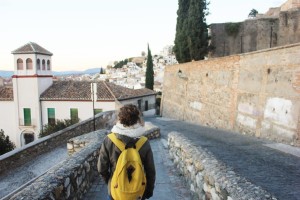
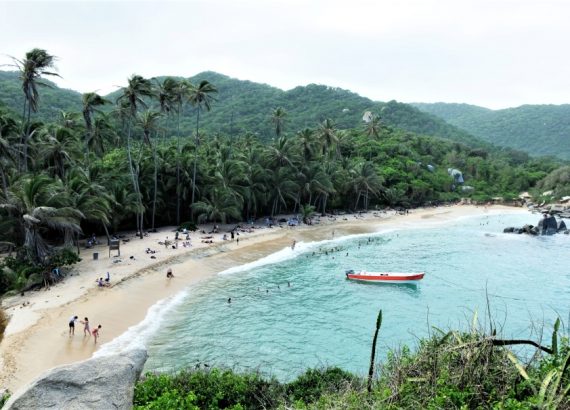
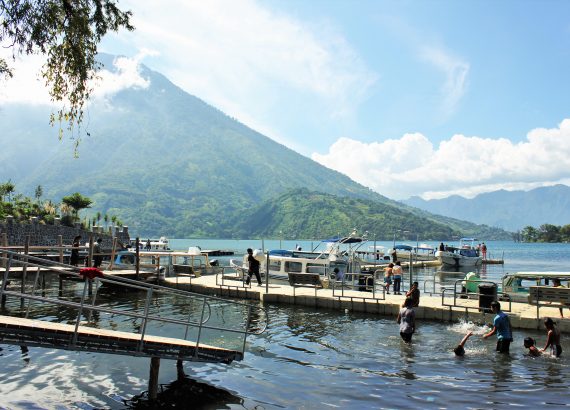
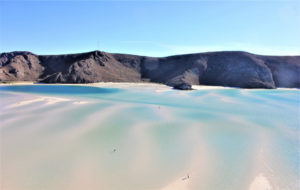
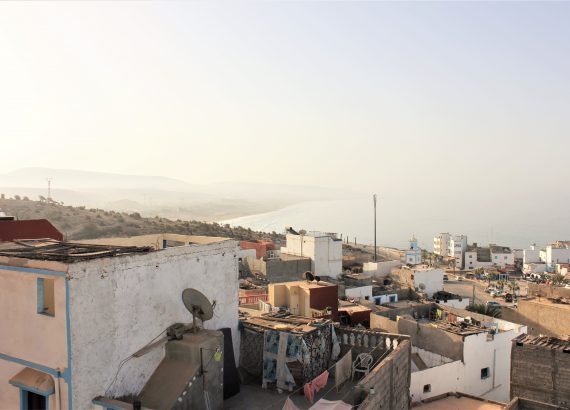
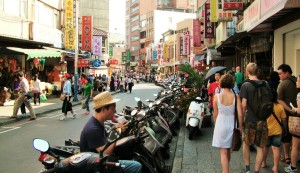
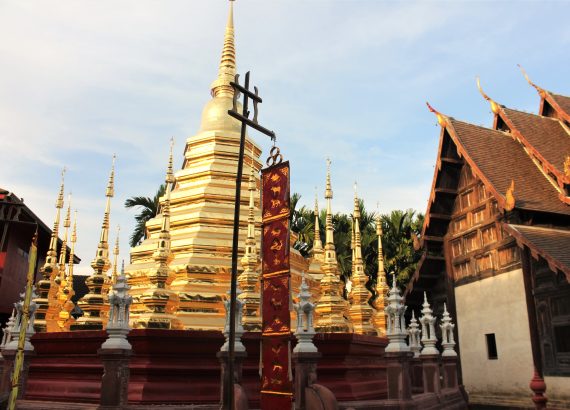
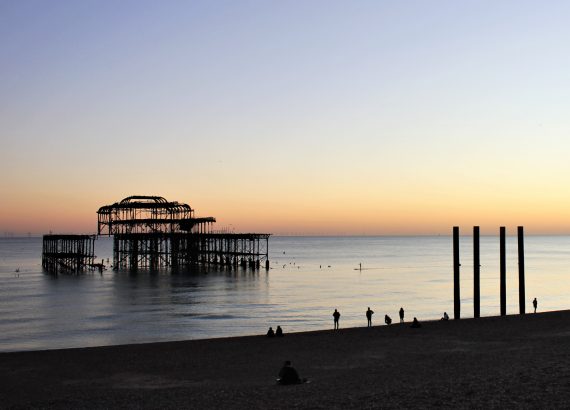
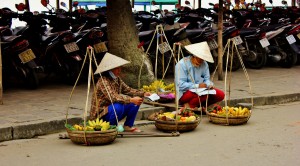


Katie Featherstone
This is fascinating, thanks Charlie. I’ve been wanting to explore Botswana for so long and this only makes me more determined to get there at some point. The air travel involved makes it pretty difficult for many of these places to be visited entirely sustainably, but I’m encouraged to know that you would be supporting their economies and therefore their environmental attitudes too.
Charlie on Travel
Hi Katie – You know, before reading Lonely Planaet’s list I’d never given much thought to Botswana but learning about it has really made me want to go (the same with all of the destinations that I wrote about!) Yes, I agree about the air travel situation (especially for Palau which would be an air travel nightmare!!)
Karianne
I’ve heard some wonderful things about Botswana from lots of people – really hoping to get there one day soon. The Rhinos Without Borders is such an amazing initiative!
Charlie on Travel
Yes, definitely! Me too now :)
Serendipity Tess
Fantastic Guide!
Charlie on Travel
Thanks, Tess! :)